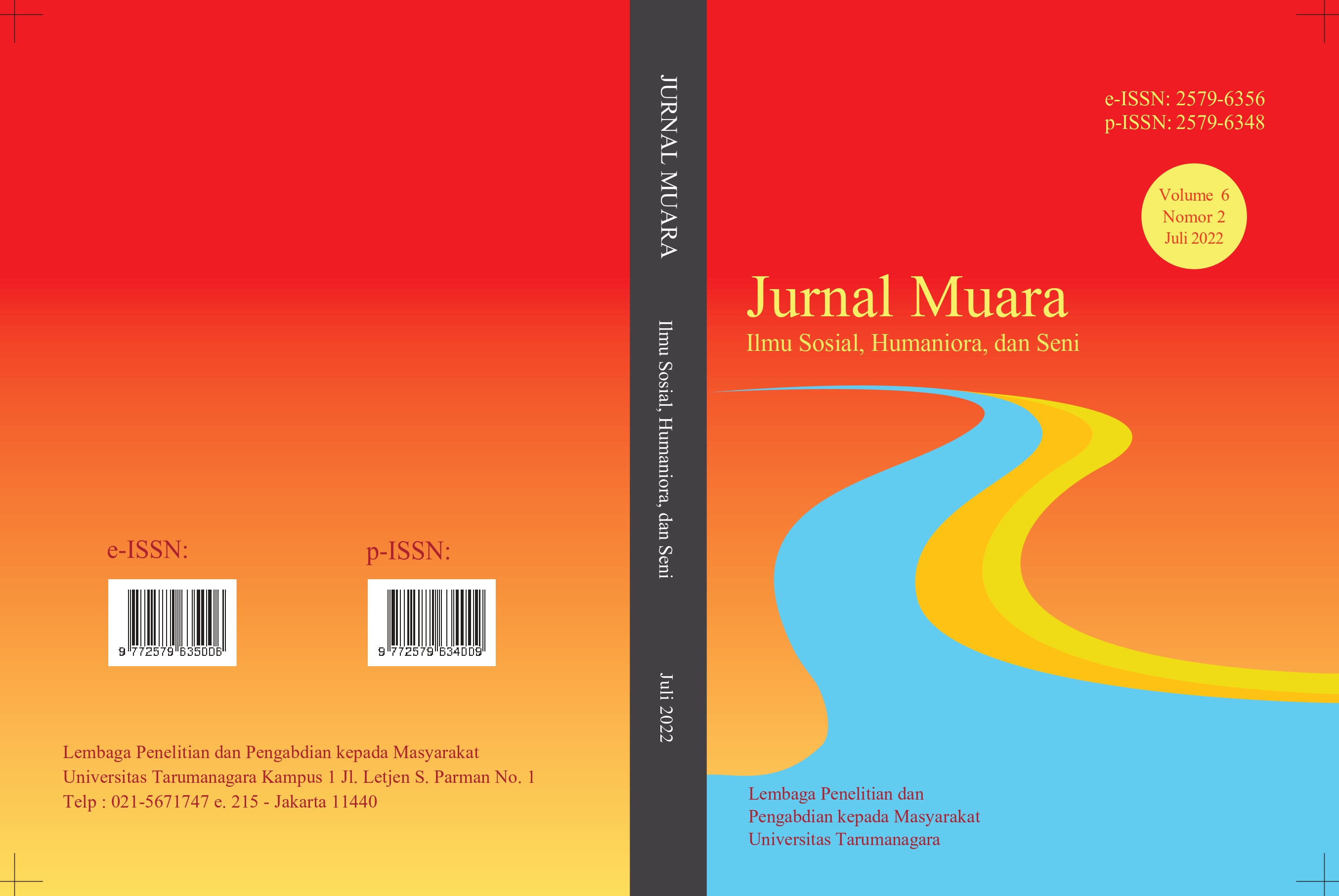ACHIEVEMENT OF MONUMENTALITY INDICATORS AND PREFERENCES OF TWO GENERATIONS GROUPS ON HISTORICAL MONUMENTS IN JAKARTA
Main Article Content
Abstract
ABSTRACT
Monumentality is the quality of buildings and monuments, the achievements of which help shape the identity of the place they exist. As a landmark, the object is indicated monumental through several potentials it has. One historical monument in Jakarta, the National Monument (Monas), which have an important historical record in the development of Jakarta City during the Soekarno’s era and has survived to this day, is significant to study how to fulfill their monumentality indicators not only to strengthen and build public perception of their monumental achievements but also to support strategic plans that can be carried out in the future. The research applies a combined method; qualitative and quantitative approaches. Qualitative research was carried out with theoretical testing regarding the fulfillment of the old and new monumentality indicators on this monument, strengthened through interviews with experts. Quantitative research was conducted to measure the preferences of respondents who were categorized as millennial and pre-millennial groups towards the object of research based on their recall potential or memorability. The potential for remembrance was chosen because it is the perennial essence of monumentality. The results of the study show that the achievement of indicators of monumentality and respondent's preference for the research object, the highest is occupied by Monas, surpasses the achievements of other monuments within the same category and is also well recognized by the Millenials, not much different from the older generation (pre millenial). There are several points of monumentality indicators that have not been met, especially from the new paradigm, but looking at the facts of the overall achievements of Monas, it can be affirmed that the indications of devaluation of monuments that fail to respond to the needs of their time and society are not proven.
Article Details

This work is licensed under a Creative Commons Attribution-NonCommercial-ShareAlike 4.0 International License.
This work is licensed under a Jurnal Muara Ilmu Sosial, Humaniora, dan Seni Creative Commons Attribution-ShareAlike 4.0 International License.References
Abyussa, A.F., Aly, C.Sudianto & Y.S., Jonathan Hans. (2019). Lawang Sewu’s Monumentality Architecture. Jurnal RISA (Riset Arsitektur), vol.3, no.2, 105-120. https://doi.org/10.26593/risa.v3i02.3274.105-120
Irena, Lo Angela & Fauzy, Bachtiar. (2018). The Monumentality of Modern Architecture as Observed in Jakarta’s Pola Building. Jurnal RISA (Riset Arsitektur), vol.02, no.01, 89-107. https://doi.org/10.26593/risa.v2i01.2933.89-107
Levenson, Felix (ed). (2019) Size Matters. Understanding Monumentality Across Acient Civilization. Majuskel Medienproduktion, Bielefeld, Germany.
Murwonugroho, Wegig & Wiyoso, Aghastya. (2020). Monumentalitas Seni Instalasi Bambu “Getah Getih.” Mudra, Jurnal Seni Budaya, vol.35, no.3, 273-282. https://doi.org/10.31091/mudra.v35i3.1036
Sokmenoglu, A., & Turkkan, S. (2009). Digital Monumentality in/for Public Space. ECAADe 27, Istanbul 2009: the New Realm of Architectural Design, 16 - 19 September 2009, 835 - 842
Sugiartawan, P. & Prakoso, I.P. (2019). Sistem Pendukung Kelompok Promosi Jabatan dengan Metode AHP dan BORDA. Jurnal Sistem Informasi dan Komputer Terapan Indonesia, vol.1, no. 4, 185-194. https://doi.org/10.33173/jsikti.40
Susanto, Mikke (ed). (2010). Edhi Sunarso Seniman Pejuang. PT. Hasta Kreatifa Manunggal, Yogyakarta.
Wiyoso, Aghastya. (2015). Perubahan Nilai Monumentalitas pada Karya Monumental era Pemerintahan Soekarno di Kota Jakarta. Disertasi Program Studi Doktor Ilmu Seni Rupa & Desain, Institut Teknologi Bandung.
Zis, S.F., Effendi, N. & Roem, E.R. (2021). Perubahan Perilaku Komunikasi Generasi Milenial & Generasi Z di Era Digital. Jurnal Satwika : Kajian Ilmu Budaya dan Perubahan Sosial. vol. 5, issue 1, 70-86 https://doi.org/10.22219/satwika.v5i1.15550


